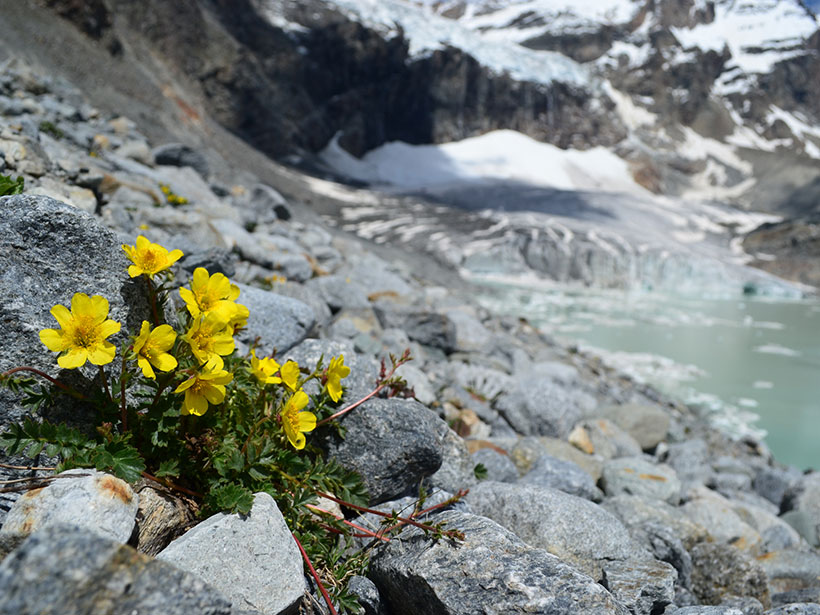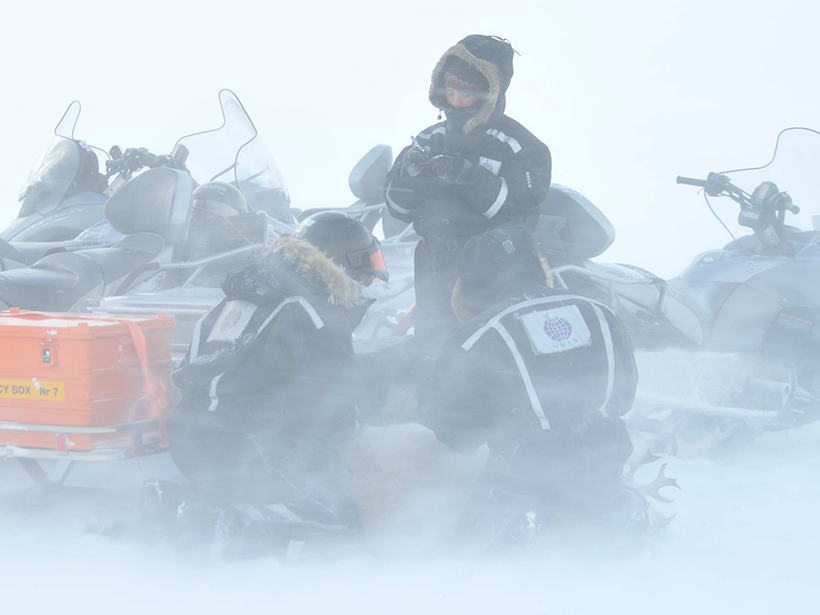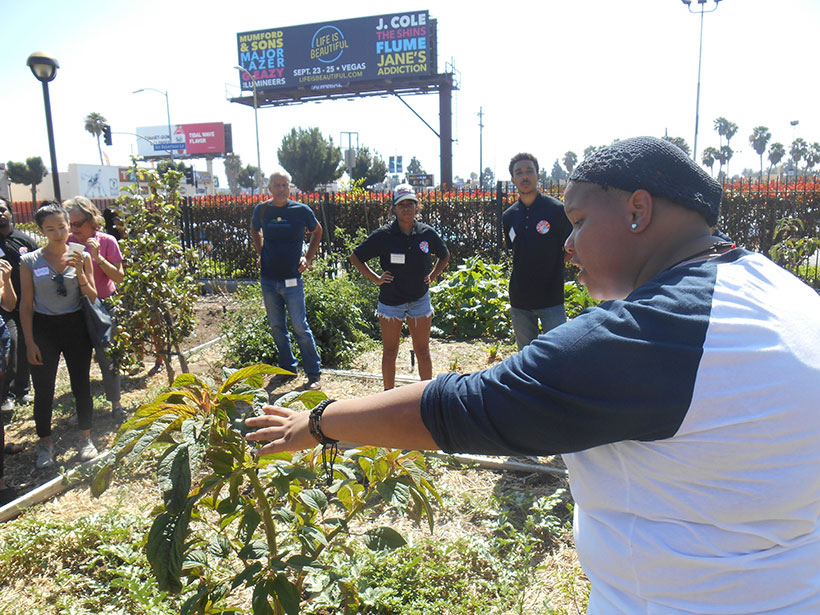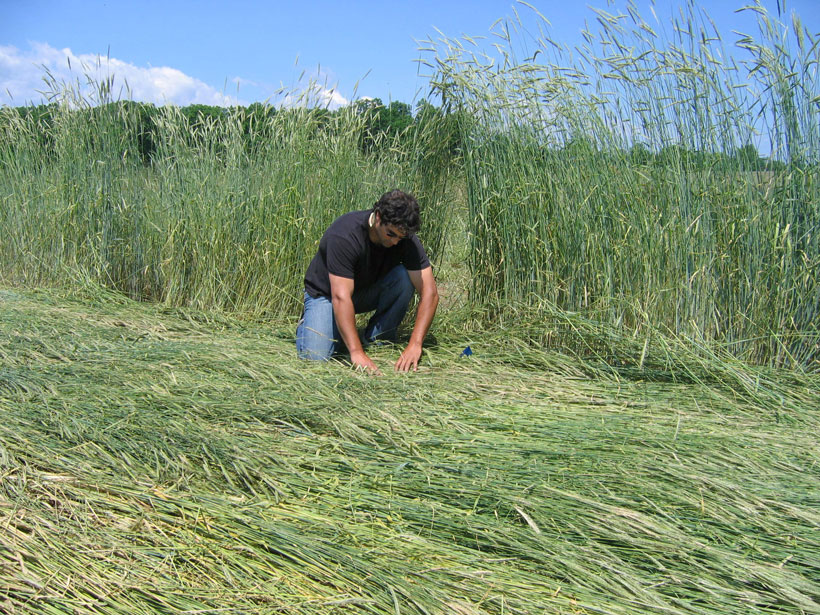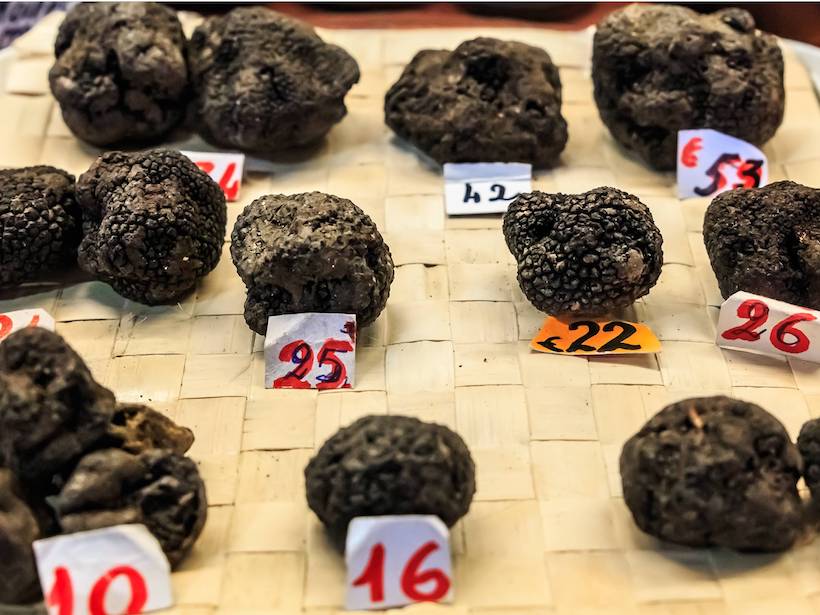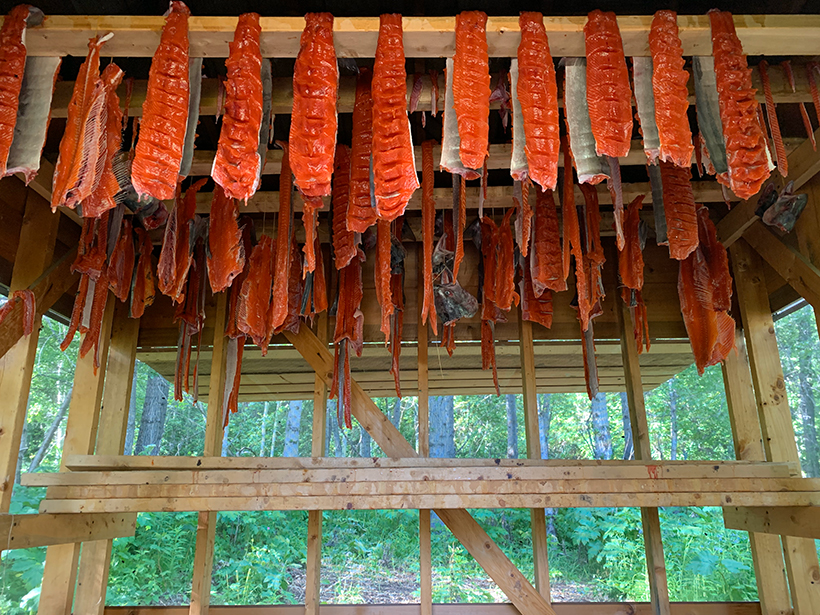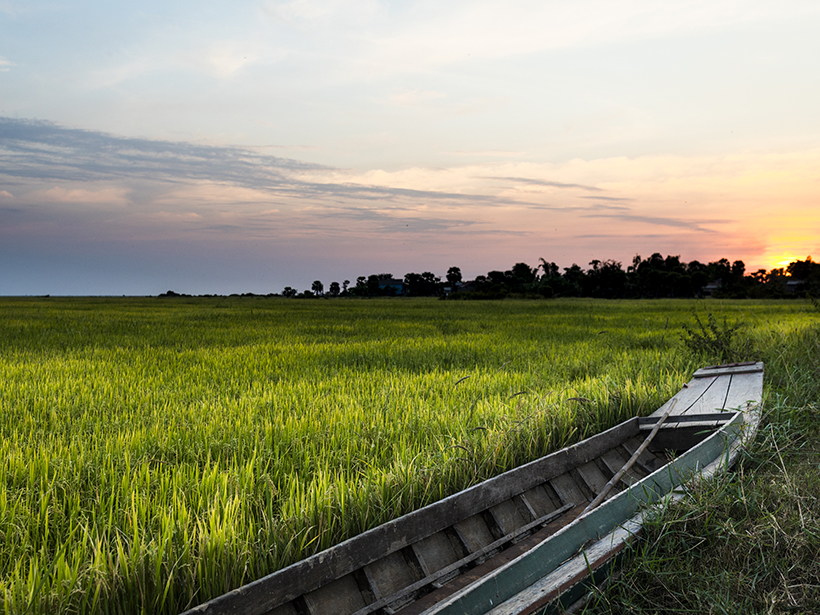From wines in Canada to mushrooms in the Czech Republic, some foods will fare better than others on a hot planet.
food
Global Warming Could Rob Liquors of Their Flavor
A new study examines the impact of glacial extinction on biodiversity in alpine regions.
Climate Change May Reduce Children’s Diet Diversity
Researchers synthesize climate and health data to statistically quantify the relationship between diet diversity and climate variables.
Reindeer Have to Eat Up to Survive the Winter
Arctic biologists use 25 years of data to find that warmer autumns might be enough to increase the odds of reindeer’s winter survival on Svalbard.
Urban Agriculture Combats Food Insecurity, Builds Community
Innovations in urban agriculture—from creative reuse of stormwater to soil rehabilitation—can help fight food insecurity and prevent further food issues.
Cover Crops, Sensors, and Food Security
Forward-Thinking Ideas for the USDA’s Agriculture Innovation Agenda
A Culinary Silver Lining of Climate Change: More Truffles
The cultivation potential of a popular truffle species will increase in central Europe by 2050, global climate models predict.
Network Connects Indigenous Knowledges in the Arctic and U.S. Southwest
Indigenous Peoples from the Arctic and the U.S. Southwest have joined together to tackle issues of food sovereignty in two environmental extremes. Their bond led to a swift response to COVID-19.
Using Food to Tell the Climate Change Story
Discussing the impact of climate change on food is an effective way to spark interest in the science of climate change and how to mitigate associated problems.
Will Rising Temperatures Make Rice Too Toxic?
Greenhouse experiments reveal how higher temperatures act to elevate arsenic levels in rice and may help focus efforts to solve a crisis threatening food systems around the world.


